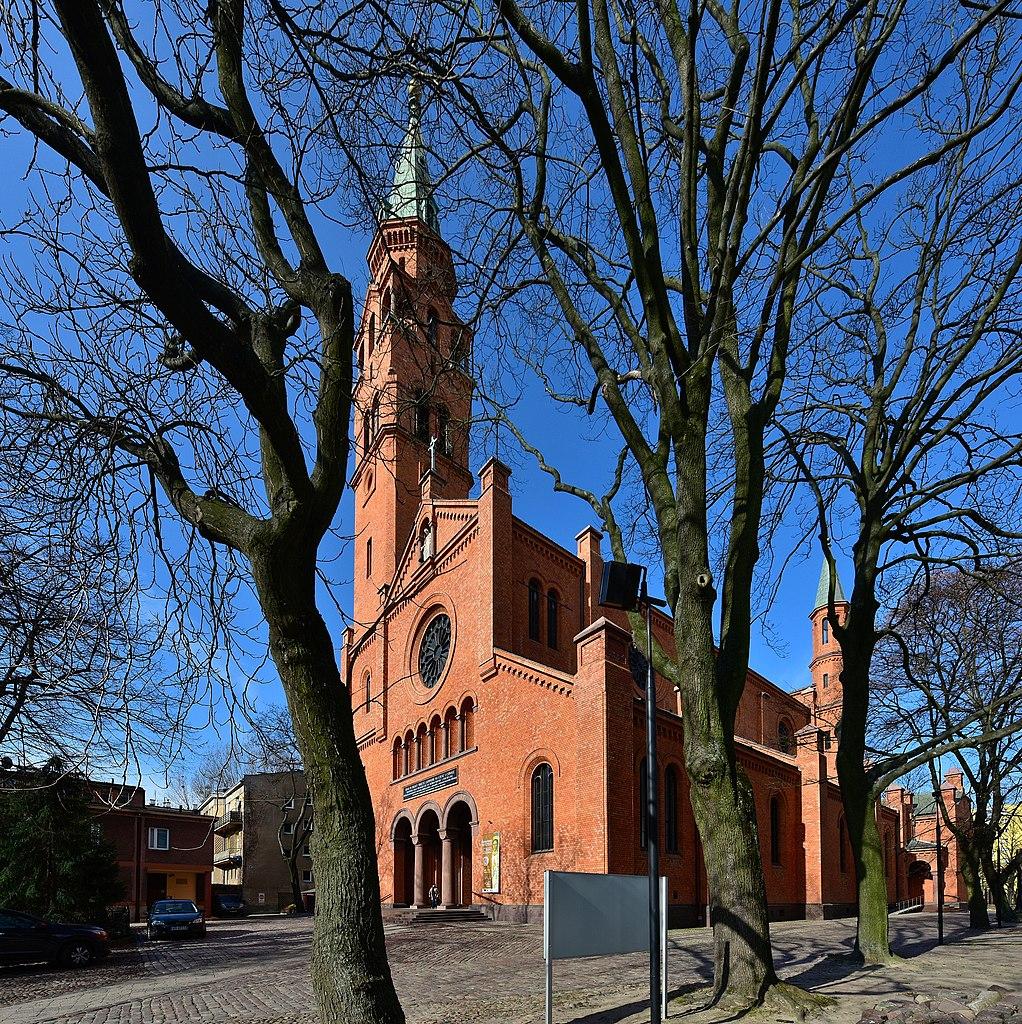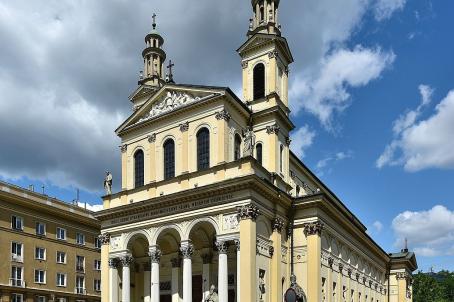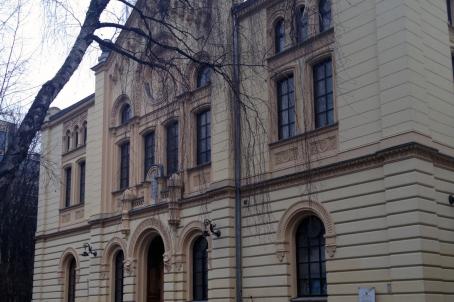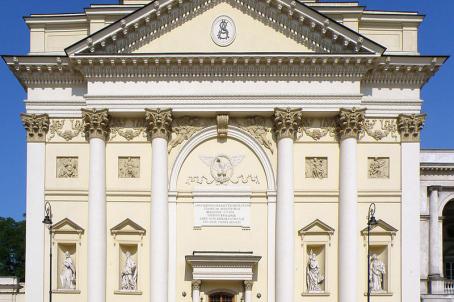St Augustine's Church

St Augustine's Church was built at the turn of the 19th and 20th centuries at the request of the Archbishop of Warsaw, Wincenty Teofil Popiel. In November 1940, the church became part of the Warsaw Ghetto. When the ghetto was liquidated, a warehouse was created in the church, where the stolen goods of the Jews were stored; later, the church was desecrated and turned into a stable. After the war, it was the highest and one of the few remaining buildings of the former ghetto.





